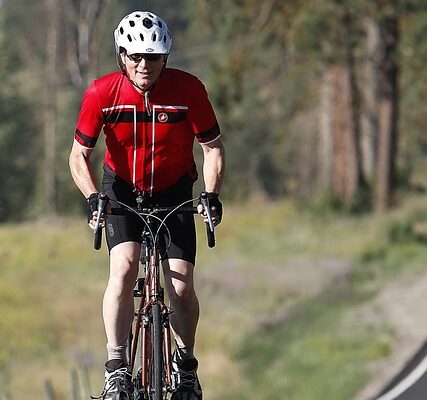This total-body strength exercise is an excellent approach for older folks to begin strength training. The exercises are designed to increase total-body strength while also increasing balance, stability, and flexibility.
While lifting weights can benefit everyone, older folks can receive even more benefits if they aim toward a stronger, healthier body. A healthier and strong body helps you avoid injuries, falls, discomfort, and other problems connected with aging.
For example, if you do nothing to preserve your muscular mass, you will gradually lose it as you age.
When you maintain or build muscle mass, you may live longer and have a higher quality of life.
Starting Again
If you’re new to weight training or haven’t done it in a long time, the key is to ease into it gradually. Weight lifting can induce soreness, which is natural, but it should not cause too much pain or discomfort.
If you have any discomfort, injuries, or other health conditions, see your doctor before attempting this workout. Take your time with the exercises, and add weights or resistance only when you feel comfortable.
Required Equipment
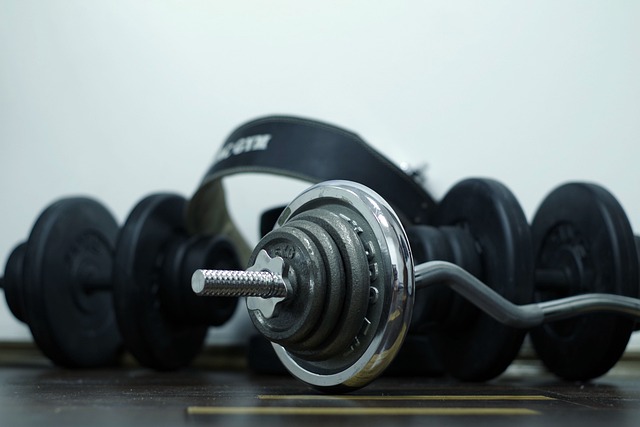
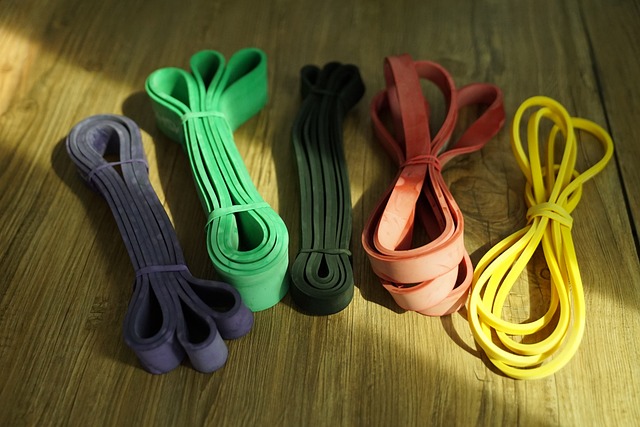
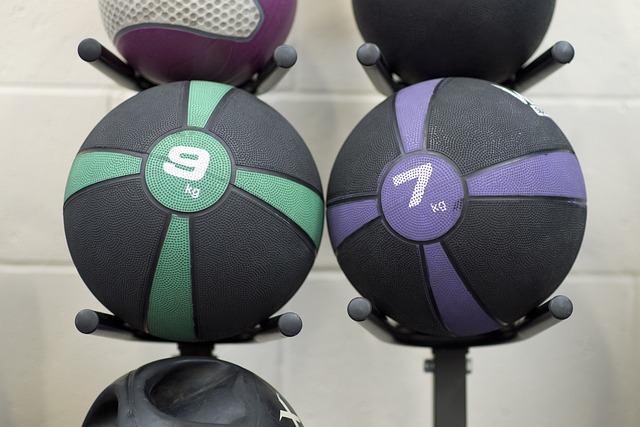
Weighted dumbbells, a medicine ball, resistance bands, a chair, and a step are all recommended.
Exercise Fundamentals For Seniors
Begin with a 5- to 10-minute light aerobic warm-up, such as walking in place.
When you first begin, do each exercise for one set with no or light weights. Weights are recommended for each workout. However, you should choose your weight based on your fitness level and goals. Before adding weight, concentrate on your form.
To advance, add a set each week until you’re performing three sets of each exercise with 30 seconds of rest in between.
Do this workout one or two days per week with at least one day off in between.
If you do feel particularly sore, take extra rest days as needed and ease up on the next session.
Squat with a Chair
We squat all day, getting up and down from chairs, getting in and out of cars, and so on. Performing this move with the proper technique will help you develop hip, glute, and thigh strength.
- Place your feet shoulder-width apart in front of a chair.
- Bend your knees. To balance, bring your hips back and your arms straight out in front of you.
- Take a seat all the way down. Stand back up as soon as you make contact with the chair.
Strive to stand up without utilizing momentum or swaying back. Instead, stand up by pushing into the floor with your heels.
Complete 12 repetitions.
Modifications
Easier: Put your hands on your thighs for support, or place your chair next to a rail if you need additional help standing up.
Hold weights in your hands to increase the difficulty.
Knee Lift With a Med Ball
This motion is excellent for improving upper body endurance for seniors as well as balance and stability.
- Straight up over your head, hold a lightweight or medicine ball (2 – 5 pounds) in both hands.
- Raise the right knee to waist level while lowering the arms and bringing the weight or ball to the knee.
- Drop the right knee and bring the ball back up overhead.
- Raise your left knee to hip level, bringing the ball down to your knee.
Return to the beginning and alternate sides.
Repeat for 30 to 60 seconds.
If you have back or knee issues, skip the upper body half of the motion and just do the knee lifts.
Modifications
Employ no weight or hold the weight at chest level while lifting the knees.
Harder: Increase the speed of the movement while retaining control of the weight and your body. If you can, raise your knees as high as.
Side Leg Raise
This exercise improves your balance while also strengthening both legs, which we need as we age. The standing leg must use more stabilizer muscles to keep you upright, but the lifting leg builds strength in the hips and glutes.
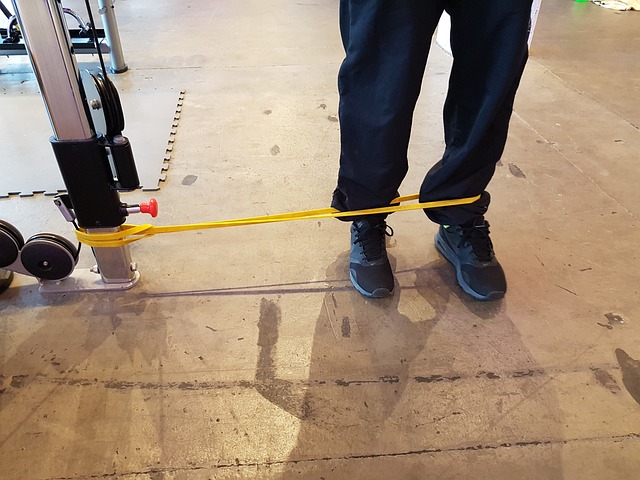
- Put a resistance band around your ankles and stand sideways on a chair or wall for support (optional). You can also utilize light ankle weights (1 to 5 pounds).
- Transfer your weight to your right leg, and with your foot flexed, extend your left leg out to the side, hips, knees, feet aligned, and feet parallel.
- Lift your leg without tilting your torso. Lift the leg a few inches while keeping the torso erect.
Lower yourself back down.
Do 12 reps on each leg.
Lat Pull With a Band
This exercise works the lat muscles on both sides of the back. These muscles are used for pulling motions, such as opening doors and picking items up.
- With a resistance band over your head with both hands, stand or sit.
- To ensure that the band is taut, your hands should be wider than shoulder width.
- To modify the tension, you may need to adjust your hands.
- Check that your back is flat and that your abs are engaged.
- Maintain your left hand in position while contracting the right side muscles of your back to move your elbow down toward your rib cage.
Return to the top. Do 12 repetitions on the right side.
Do 12 reps on the left side before switching sides.
Bicep curls
This workout strengthens your biceps, which you utilize every day to carry items, open doors, and pick things up.
- Hold dumbbells in each hand and stand with your feet about hip-width apart (5 – 8 pounds for women, 8 – 15 pounds for men). You can also use a kettlebell.
- Contract your biceps and curl the weight up towards your shoulder, palms facing out.
- As you curl the weights up, try not to move your elbow.
- Drop the weight back down, but keep your elbow slightly bent at the bottom.
- Don’t juggle the weight.
As you curl the weights, keep your elbows still.
Perform 12 repetitions.
Triceps Extend
Every time you undertake a pushing activity, your triceps work hard. Therefore you want both sides of your arm to be strong and balanced.
- Sit or stand with both hands on a medicine ball or a weight (4 – 10 pounds for women, 8 – 15 pounds for men).
- Lift the weight straight up overhead, arms straight and next to your ears.
- Bend your elbows slowly, bringing your weight back behind your head until your elbows form a 90-degree angle.
- To begin, squeeze the arms to bring the weight back without locking the elbows.
Perform 12 reps while keeping your back straight and your abdomen tight.
Bird Dog
This exercise works the abdominal, as well as the lower back and glutes. If you have knee pain or are unable to kneel, make a move lying flat on the floor.
- Begin on your hands and knees, back straight, and abs are drawn in.
- Raise the right arm up until it is level with the body, and then straighten the left leg until it is parallel to the floor.
- Hold for a few seconds, then descend and repeat on the opposite side, elevating the left arm and right leg this time.
Continue alternating sides for a total of 12 repetitions.
Modifications
Easier: Lifting the arms and legs separately
Increase the difficulty by adding ankle weight. Or you can hold a little weight in your hand while lifting the arm.
Ball Tap
This technique is beneficial to the core as well as balance and stability.
- Place a ball in front while sitting in a chair. If you don’t have a ball, you can use any small ball, a large book, or another object.
- Sit up straight. Try not to lean against the chair’s back. Maintain a straight back and clenched abs.
- Position your hands behind your head (optional). Tap the top of the ball with your right foot.
- Put it back on the floor. Change sides and repeat with your left foot.
Repeat for 30 – 60 seconds, alternating each foot throughout.
Step-Up
This exercise helps to build the muscles that support the knee. If you have knee issues or if this irritates you, you should probably omit this exercise.
This exercise can be done on a stairwell with rails or a gym step if you have one.
- If you’re on a stairwell, start at the bottom step and work your way up with your right foot. Step your left foot up the stair next to your right, then back down on the floor.
- While you step up and down with your left foot, keep your right foot on the step the entire time.
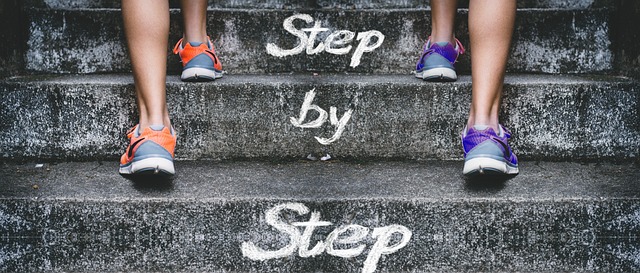
Perform 12 reps on that foot, then switch to the other foot. Maintain your left foot on the step as you step up with your right leg.
Do one set of 12 reps on each leg.
Hamstring Curl
This exercise targets the muscles at the back of the legs. Ankle weights can be used in place of a resistance band.
- Stand in front of a chair and use it for balance if necessary.
- Optionally, wrap a resistance band around your ankles and hook it under your standing foot.
- Bend your right knee, bring your foot up behind you as if you’re kicking your own buttocks.
- Maintain your right knee parallel to the floor and next to your left knee.
Gently lower yourself back down. Do 12 reps on each leg.
Incline Push-Up
Push-ups work the upper body. By doing them against a wall will allow you to ease into regular floor push up.
- Stand a couple of feet away from a wall and lean forward slightly, back flat, and abs in.
- Put your hands on the wall at chest level.
- Draw the abs in. With a straight back, bend the elbows and lower the body towards the wall until the elbows are at 90-degree angles.
- Return to the beginning and repeat.
The workout becomes more difficult as you go away from the wall. Make sure you’re not sagging in the middle. Maintain a firm core and a flat back.
Perform 12 repetitions.
Chest Squeeze With a Med Ball
This workout works on upper-body strength, including the chest and arms.
- Sit in a chair with your abs tight and back straight.
- At chest level, place a medicine ball or weight (4 – 6 pounds).
- Hold the weight with your elbows bent and out to the sides
- Squeeze the chest while applying even strain on the ball with both hands.
- Maintaining tension, steadily push the ball out in front at chest level until your elbows are straight.
- Maintain your grip on the ball. The farther you go, the more difficult it should feel.
- Pull the ball back to your chest by bending your elbows.
Perform 12 repetitions.
Lateral Raise
This exercise strengthens the shoulder muscles, which are used every time you lift something or place something on a shelf.
- Stand with your feet hip-width apart and weights at your sides (3 – 8 pounds for women, 5 – 12 pounds for men).
- Lift the arms up to the sides while keeping the elbows slightly bent.
- Keep the wrists straight.
- Come to a halt at shoulder level, palms towards the floor.
Lower yourself back down. Perform 12 repetitions.
Seat Rotation

- Sitting rotations engage all of the torso muscles, including the abs and back.
- Sit up straight on a chair, holding a medicine ball or weight (5 – 8 pounds for women, 8 – 15 pounds for men).
- Maintain your weight at chest level, with your shoulders relaxed and your elbows out to the sides.
- Rotate the torso to either right as far as you can
- Keep your hips and knees forward.
- Concentrate on tightening the muscles around your waist.
- Return to the middle and continue to the left.
Continue alternating sides for a total of 12 repetitions. One rep consists of a twist to the right and left.
To Conclude
Take your time if you haven’t worked out in a long time or are new to working out. If you are a senior or have a medical or physical condition, please consult with your medical professionals.
